The calcium carbonate industry stands as a cornerstone in numerous manufacturing sectors worldwide, providing an indispensable raw material that enhances performance, reduces costs, and improves sustainability across a vast array of products. From its origins as limestone in geological formations, calcium carbonate undergoes sophisticated processing to become a versatile filler, extender, coating pigment, and functional additive. Its importance is underscored by its widespread application in industries ranging from paints, plastics, and paper to construction, pharmaceuticals, and agriculture. This comprehensive guide delves into the intricate world of industrial calcium carbonate, exploring market trends, technical specifications, diverse applications, and the competitive advantages offered by specialized products like High Transparency Calcium Carbonate, ultimately providing insights into selecting the right partner for your material needs.
1. Industry Trends and Market Dynamics in the Calcium Carbonate Sector
The global calcium carbonate industry is characterized by robust growth, driven primarily by increasing demand from emerging economies and continuous innovation in product applications. Environmental regulations, such as those promoting sustainable manufacturing and VOC (Volatile Organic Compounds) reduction, also play a significant role, favoring calcium carbonate as an eco-friendly alternative to other materials.
1.1 Global Market Growth Drivers
- Construction Boom: Rapid urbanization and infrastructure development, particularly in Asia-Pacific and Africa, fuel demand for calcium carbonate in cement, concrete, and building materials.
- Plastics Industry Expansion: The growing use of plastics in automotive, packaging, and consumer goods sectors necessitates calcium carbonate as a cost-effective filler and property enhancer.
- Paints and Coatings Evolution: Demand for high-performance, environmentally friendly paints with improved hiding power, scrub resistance, and reduced VOCs boosts the consumption of specialized calcium carbonate grades.
- Paper Industry Innovations: Calcium carbonate remains crucial for paper brightness, opacity, and printability, with advancements in lightweight and high-filler papers driving sustained demand.
- Focus on Sustainability: As a naturally abundant and non-toxic mineral, calcium carbonate aligns with green manufacturing principles, making it a preferred choice over synthetic alternatives.
1.2 Key Market Challenges
Despite strong growth, the calcium carbonate industry faces challenges such as fluctuating energy prices, raw material availability in certain regions, and intense competition leading to price pressures. However, continuous R&D into surface treatments and particle morphology creates new opportunities for high-value applications, mitigating some of these pressures.
2. Technical Parameters and Classification of Calcium Carbonate
Calcium carbonate is categorized primarily into Ground Calcium Carbonate (GCC) and Precipitated Calcium Carbonate (PCC), each with distinct properties and applications. GCC is produced by direct grinding of high-purity limestone, while PCC is synthesized through a chemical precipitation process, allowing for precise control over particle size, morphology, and surface area.
2.1 Critical Parameters Defining Calcium Carbonate Quality
- Purity: Typically measured as CaCO3 content, indicating the absence of impurities like silica, iron oxides, or magnesium. High purity is crucial for sensitive applications like food, pharmaceuticals, and high-transparency products.
- Particle Size Distribution (PSD): Determines the fineness of the powder. Measured in microns, it impacts properties such as opacity, rheology, gloss, and dispersion in the final product. Ultrafine grades (nanometer range) offer enhanced performance.
- Whiteness/Brightness: Crucial for applications in paints, paper, and plastics. Measured using international standards like ISO brightness.
- Oil Absorption: Indicates the amount of oil (or resin) required to wet the surface of the particles. Lower oil absorption often translates to better dispersion and rheological properties in liquid systems.
- Specific Surface Area (SSA): The total surface area per unit mass, often measured by BET nitrogen adsorption. Higher SSA typically means more reactive sites or greater filler capacity.
- Moisture Content: Important for preventing aggregation and ensuring proper dispersion.
- pH Value: Affects the stability and compatibility with other components in formulations.
2.2 Introducing High Transparency Calcium Carbonate
Our featured product, High Transparency Calcium Carbonate Caco3 For Paint Paper And Plastic Industry, represents a pinnacle in calcium carbonate technology. Engineered with a unique particle size distribution and specific surface treatment, it is designed to minimize light scattering within a polymer matrix or coating film. This results in exceptional transparency and minimal impact on the optical clarity of the final product, a critical advantage in applications where aesthetics and functionality demand high light transmission.
2.3 Calcium Carbonate Industry Parameters Overview
Understanding key parameters within the calcium carbonate industry is vital for informed material selection. The following table provides a general overview of typical ranges for common industrial calcium carbonate grades, highlighting the versatility and specificity required for various applications.
| Parameter | Typical Range for GCC (Ground) | Typical Range for PCC (Precipitated) | Relevance for High Transparency Grade |
|---|---|---|---|
| CaCO3 Purity | 95% - 99.5% | 98% - 99.9% | >99% (Minimizes impurities that cause haze) |
| Average Particle Size (D50) | 0.5 µm - 10 µm | 0.02 µm - 2 µm | 0.1 µm - 0.5 µm (Critical for low light scattering) |
| Top Cut (D97) | <30 µm | <5 µm | <1 µm (Ensures uniform transparency and processability) |
| Whiteness (ISO Brightness) | 90% - 96% | 95% - 98% | >96% (Maintains clarity without discoloration) |
| Oil Absorption (g/100g) | 15 - 30 | 30 - 100 | 18 - 25 (Optimized for dispersion in polymers/resins) |
| Specific Surface Area (BET m²/g) | 1 - 10 | 5 - 50 | 5 - 15 (Balanced for transparency and mechanical properties) |
| Moisture Content | <0.2% | <0.5% | <0.1% (Crucial for consistent dispersion) |
| pH (10% Slurry) | 8.5 - 9.5 | 9.0 - 10.5 | 9.0 - 9.8 (Ensures compatibility with various binders) |
3. Manufacturing Process of Industrial Calcium Carbonate
The journey from raw limestone to a high-performance industrial additive involves several meticulously controlled steps. While the exact process can vary slightly between GCC and PCC, the fundamental objective is to achieve precise particle size, purity, and surface characteristics. For our High Transparency Calcium Carbonate, advanced milling and surface treatment technologies are paramount.
3.1 Generalized Calcium Carbonate Production Flow
The manufacturing process of calcium carbonate industry products typically follows a series of integrated stages, designed for efficiency and quality control. Below is a conceptual representation of the process:
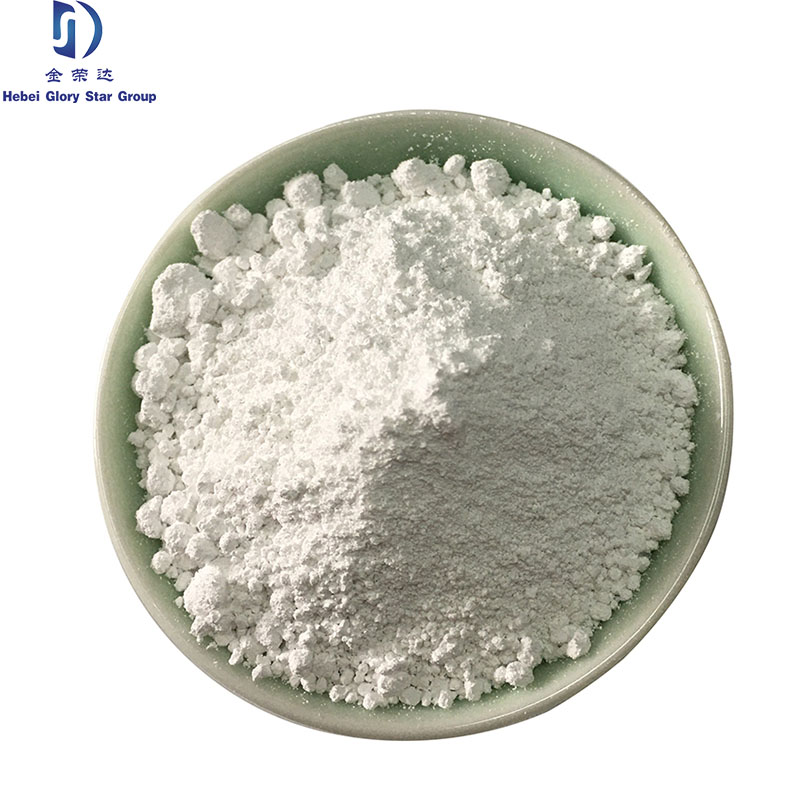
- Quarrying/Mining: High-grade limestone (calcium carbonate rock) is extracted from deposits. The quality of the raw material is the first critical determinant of the final product's purity.
- Primary Crushing: Large blocks of limestone are reduced to smaller, manageable sizes (e.g., 10-50 mm) using jaw crushers or cone crushers.
- Drying (Optional/Preliminary): Depending on the raw material's moisture content and subsequent processing, a preliminary drying step might be employed.
- Grinding (Milling): This is the core stage for GCC. The crushed limestone is fed into various types of mills – ball mills, vertical roller mills, or jet mills – to achieve the desired fineness. For High Transparency Calcium Carbonate, ultra-fine grinding is essential to produce sub-micron particles.
- Wet Grinding: Produces a slurry, often used for coatings or PCC production. Allows for finer grinding and better dispersion.
- Dry Grinding: Produces powder directly, more energy-efficient for coarser grades.
- Classification: After grinding, air classifiers or hydrocyclones are used to separate particles based on size. Oversized particles are returned for re-grinding, ensuring a tight particle size distribution and removal of coarser agglomerates. This step is crucial for achieving high transparency, as uniform, small particles scatter less light.
- Surface Treatment/Coating: For many industrial applications, especially in plastics and paints, calcium carbonate particles are surface-treated. This involves coating the particles with agents like stearic acid, fatty acids, or silanes.
- Material (Coating Agent): The choice of coating agent significantly impacts dispersibility, hydrophobicity, and compatibility with specific polymer matrices or resin systems. For High Transparency Calcium Carbonate, the coating is precisely engineered to ensure excellent compatibility and minimal refractive index mismatch with the host material.
- Process: This is typically done in specialized high-speed mixers where the coating agent is atomized and evenly distributed onto the particle surface, creating a protective layer.
- Drying (Post-Treatment, if applicable): If a wet process or surface treatment was used, the product is dried to a very low moisture content.
- Quality Control & Testing: Throughout the process, rigorous testing is conducted. This includes particle size analysis (laser diffraction), whiteness/brightness measurement (spectrophotometer), oil absorption, specific surface area (BET), moisture content, and chemical purity.
- Detection Standard: Our products adhere to strict international standards such as ISO (International Organization for Standardization) for quality management (e.g., ISO 9001:2015) and specific ASTM (American Society for Testing and Materials) or DIN (Deutsches Institut für Normung) standards for material properties.
- Packaging: The finished product is packed into various forms, including bulk bags (jumbo bags), paper bags, or customized container111s, ready for dispatch.
3.2 Material, Manufacturing, and Lifespan of Our Product
Our High Transparency Calcium Carbonate is derived from select, high-purity limestone sources. The manufacturing process employs advanced dry ultra-fine grinding combined with proprietary surface modification techniques. This combination ensures not only the desired particle size but also excellent dispersion and compatibility with target matrices. The product, being a stable inorganic mineral, exhibits an indefinite shelf life when stored correctly in dry conditions, free from contamination. Its functional lifespan within finished products (e.g., a plastic film or paint coating) is typically equivalent to or exceeds the lifespan of the host material itself, offering durable performance in diverse environments.
3.3 Applicable Industries and Advantages
While High Transparency Calcium Carbonate is particularly suited for paint, paper, and plastic industries, its base material, calcium carbonate, finds broad applications:
- Petrochemical Industry: As a filler in PVC pipes, cables, and profiles, enhancing stiffness, impact resistance, and reducing costs.
- Metallurgy Industry: Used as a flux in steelmaking and as an additive in non-ferrous metal purification.
- Water Supply and Drainage (WSD): Essential in water treatment for pH adjustment, remineralization, and removal of impurities.
- Construction Industry: A key component in concrete, mortar, plaster, and asphalt mixtures.
- Agriculture: Used as a soil conditioner (liming) to raise pH, and as a feed additive for livestock.
- Pharmaceuticals & Food: As an excipient in tablets, a dietary supplement (calcium source), and an anti-caking agent.
In typical applications, our High Transparency Calcium Carbonate offers significant advantages:
- Energy Efficiency: By improving rheology and flow properties in liquid systems, it can reduce energy consumption during processing (e.g., pumping, mixing).
- Corrosion Resistance: In certain coating and plastic applications, the inert nature of calcium carbonate can contribute to the overall chemical resistance of the composite.
- Cost Reduction: As an effective extender, it allows for reduction in more expensive polymers or pigments without compromising performance.
- Enhanced Optical Properties: For paint, paper, and plastic industries, its primary advantage is achieving high transparency or controlled opacity, excellent whiteness, and improved surface finish.
4. Application Scenarios of Calcium Carbonate in Industry
The versatility of calcium carbonate, especially specialized grades like our High Transparency product, makes it indispensable across multiple industrial sectors. Its ability to enhance properties, reduce costs, and improve processability drives its extensive use.
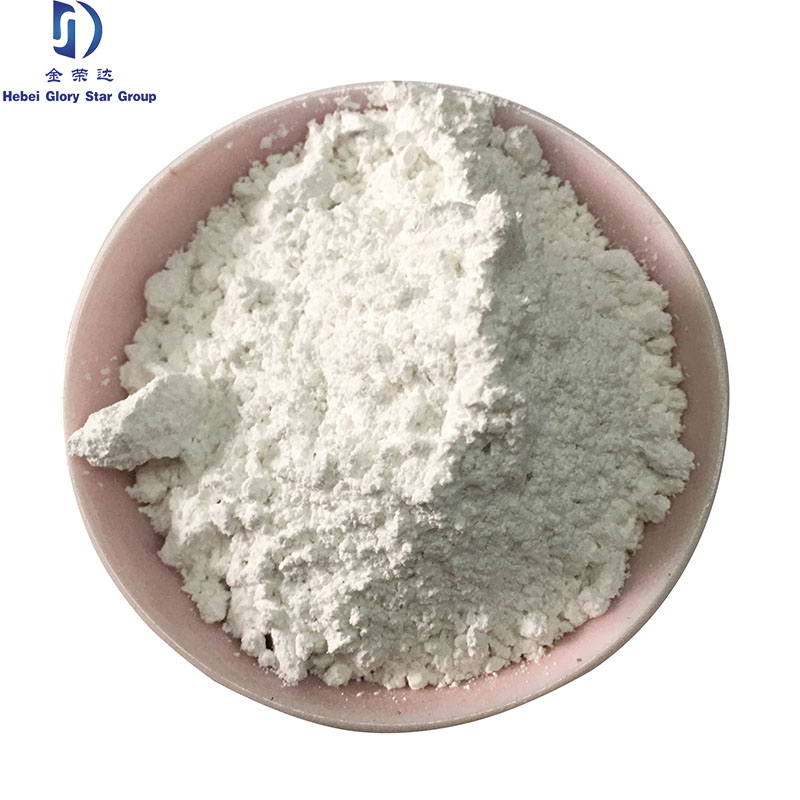
4.1 High Transparency Calcium Carbonate in the Paint Industry
In paints and coatings, calcium carbonate serves multiple functions as a filler, extender, and rheology modifier. Our High Transparency Calcium Carbonate is specifically engineered for formulations where clarity, high gloss, and excellent film integrity are paramount, such as clear coats, varnishes, and high-quality decorative paints.
- Enhanced Transparency and Clarity: Unlike standard fillers which can reduce transparency and cause haziness, our product's ultra-fine particles and optimized refractive index allow light to pass through with minimal scattering, maintaining the paint's original optical properties.
- Improved Rheology and Flow: It helps in achieving desired viscosity, preventing sagging, and improving leveling properties, leading to a smoother, more uniform paint film.
- Cost-Effectiveness: By replacing more expensive resins or pigments while maintaining performance, it offers a significant cost advantage.
- Durability and Mechanical Properties: Enhances the hardness, scrub resistance, and overall durability of the paint film.
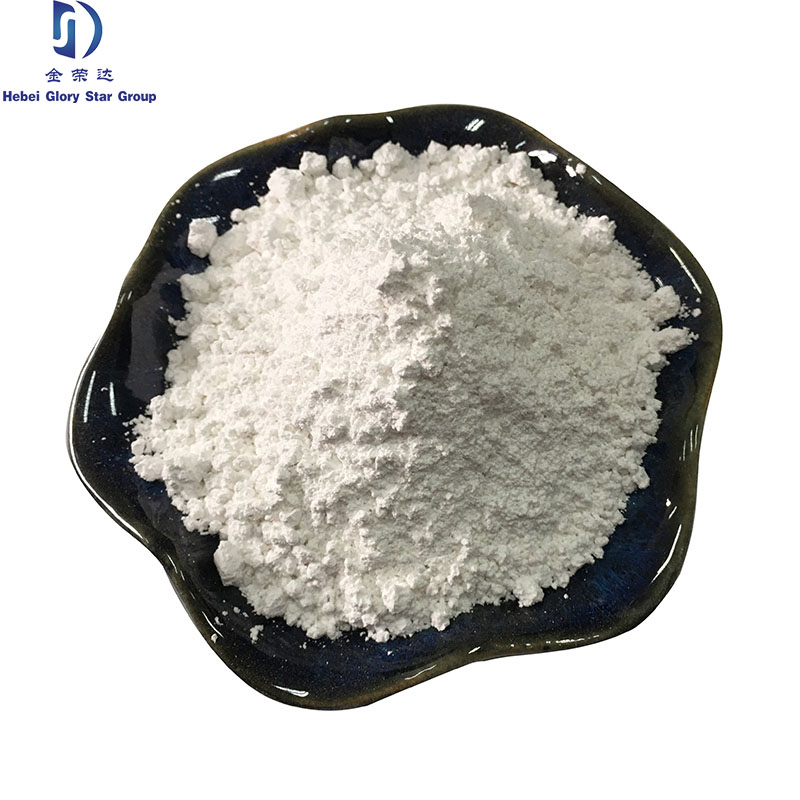
4.2 High Transparency Calcium Carbonate in the Paper Industry
Calcium carbonate is the most widely used filler in the paper industry, contributing to brightness, opacity, smoothness, and printability. High transparency grades, though seemingly counter-intuitive for opacity, find niche applications in specialty papers or as part of multi-layer coating systems where specific optical effects are desired, or in formulations requiring very low light absorption.
- Brightness and Opacity Enhancement: While our focus is transparency, conventional calcium carbonate significantly boosts paper whiteness and opacity, allowing for less usage of expensive brightening agents.
- Improved Printability: Fills the voids between fibers, creating a smoother surface for better ink holdout and print definition.
- Reduced Manufacturing Costs: As a cost-effective filler, it significantly reduces the consumption of more expensive wood pulp fibers.
- Environmental Benefits: Reduces energy consumption in paper drying and lessens reliance on wood pulp, contributing to sustainable forestry.
4.3 High Transparency Calcium Carbonate in the Plastic Industry
In plastics, calcium carbonate is a major functional filler, used in various polymers like PVC, PP, PE, and ABS. Our High Transparency Calcium Carbonate excels in applications requiring optical clarity, such as films, sheets, and molded articles, where standard fillers would introduce opacity or haze.
- Optical Clarity and Haze Reduction: Crucial for transparent or translucent plastic products (e.g., certain packaging films, automotive interiors, consumer goods) where traditional calcium carbonate would compromise visual appeal. The fine, surface-treated particles minimize light scattering within the polymer matrix.
- Improved Mechanical Properties: Enhances stiffness, hardness, and impact strength, while reducing shrinkage and warpage.
- Processing Aids: Acts as a processing aid, reducing melt viscosity, improving flow, and shortening cycle times, leading to energy savings and increased productivity.
- Dimensional Stability: Improves the dimensional stability of plastic parts, especially important for precision molding.
- Cost Reduction: As a high-performance extender, it allows manufacturers to reduce the amount of more expensive virgin polymer, making production more economical.
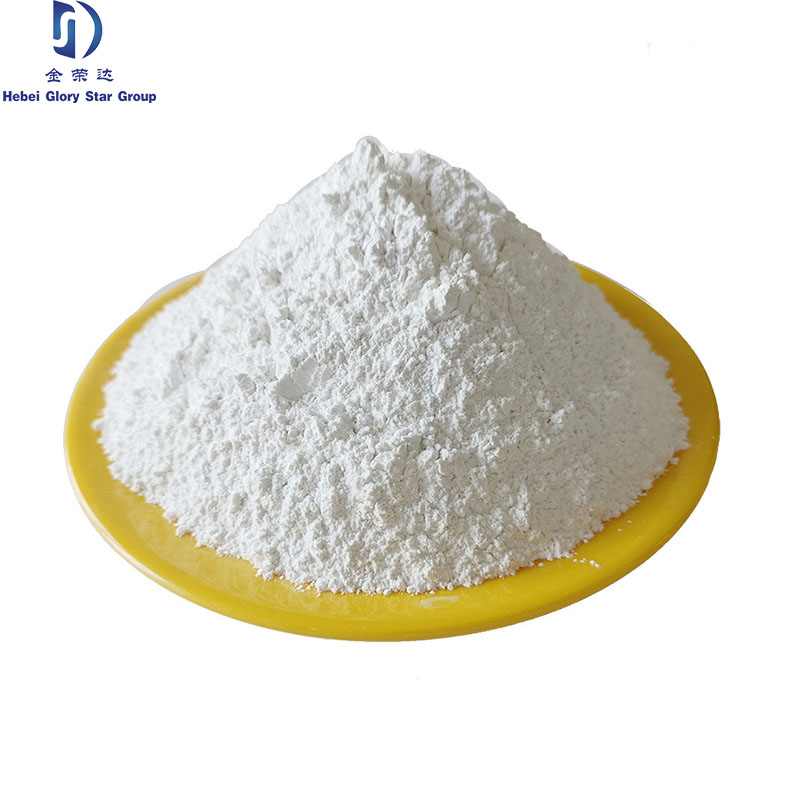
5. Technical Advantages of High Transparency Calcium Carbonate
Our High Transparency Calcium Carbonate offers a distinct competitive edge due to its specialized properties, catering to the evolving demands of modern industries for materials that offer both performance and aesthetic appeal.
5.1 Superior Optical Performance
The defining characteristic of our product is its exceptional transparency. This is achieved through a combination of ultra-fine particle size (typically sub-micron, D50 <0.5 µm), narrow particle size distribution, and a tailored surface treatment that ensures excellent dispersion and refractive index matching with common polymer and resin systems. This minimizes light scattering and absorption, resulting in a virtually invisible filler in transparent matrices.
5.2 Enhanced Mechanical Properties
Despite its transparency, the product maintains the mechanical reinforcing benefits typical of high-quality calcium carbonate. It significantly improves the stiffness, hardness, and scratch resistance of the final product. For instance, in rigid PVC profiles or engineering plastics, it can boost flexural modulus and tensile strength without compromising clarity.
5.3 Optimized Rheology and Processing
The carefully controlled particle morphology and surface chemistry of our calcium carbonate contribute to superior rheological properties. It facilitates easier dispersion in liquid systems (paints, coatings) and polymer melts, reducing viscosity and improving flow. This translates to faster processing cycles, lower energy consumption during mixing and extrusion, and ultimately, higher manufacturing efficiency.
5.4 Cost-Effectiveness and Sustainability
As a highly efficient extender, our High Transparency Calcium Carbonate allows for significant reduction in the usage of more expensive base resins, polymers, or pigments. This leads to substantial cost savings in production. Furthermore, as a natural mineral, it contributes to the sustainability profile of end products, reducing reliance on petroleum-based materials and minimizing the carbon footprint.
6. Manufacturer Comparison and Selection Criteria
Choosing the right supplier for industrial calcium carbonate is as crucial as selecting the right product. A reliable partner ensures consistent quality, technical support, and timely delivery. When comparing manufacturers in the calcium carbonate industry, consider the following key criteria:
6.1 Key Selection Criteria for Calcium Carbonate Suppliers
- Product Quality and Consistency: Look for manufacturers with rigorous quality control processes, certified to international standards (e.g., ISO 9001:2015). Consistency across batches is vital for continuous production processes.
- Technical Expertise and R&D Capability: A strong R&D team indicates a manufacturer's ability to develop customized solutions, troubleshoot issues, and stay abreast of industry trends. They should be able to provide detailed technical data and support.
- Production Capacity and Reliability: Ensure the manufacturer can meet your volume requirements consistently and has robust supply chain management to prevent disruptions.
- Customization and Flexibility: The ability to tailor product specifications (e.g., particle size, surface treatment) to your unique application needs is a significant advantage.
- Certifications and Compliance: Verify relevant industry certifications (e.g., ISO, REACH compliance, food-grade certifications if applicable) and adherence to environmental regulations.
- Customer Support and After-Sales Service: Responsive technical support, efficient logistics, and comprehensive after-sales service are indicators of a trustworthy partner.
- Pricing and Value Proposition: While cost is a factor, prioritize the overall value, including product performance, technical support, and reliability, over just the lowest price.
6.2 Supplier Comparison Table Example (Conceptual)
This table illustrates a conceptual comparison to help potential clients evaluate suppliers based on critical factors. Our company excels in the highlighted areas, particularly for specialized High Transparency grades.
| Feature/Criteria | Our Company (Glorystar Export) | Competitor A | Competitor B |
|---|---|---|---|
| Product Range | Extensive, incl. High Transparency, Ultrafine GCC, PCC | Standard GCC & some PCC | Mainly GCC grades |
| Purity (CaCO3 %) | >99% (Consistently high) | 95-98% | 90-97% |
| Particle Size Control | Excellent (Narrow PSD, sub-micron capable) | Good (Standard ranges) | Moderate (Wider PSD) |
| Surface Treatment Options | Advanced, Customized for specific polymers | Limited standard options | Basic coating options |
| Technical Support | Dedicated expert team, application labs | Standard support | Limited support |
| Certifications | ISO 9001:2015, REACH compliant | ISO 9001:2008 | Local certifications only |
| Customization Capability | High (Tailored solutions) | Medium | Low |
| Delivery Lead Time | 2-4 weeks (Efficient logistics) | 3-6 weeks | Variable |
7. Custom Solutions and Product Development
Recognizing that no two applications are exactly alike, our approach in the calcium carbonate industry emphasizes collaborative product development and custom solutions. We work closely with clients to understand their specific material requirements, processing conditions, and end-product performance goals.
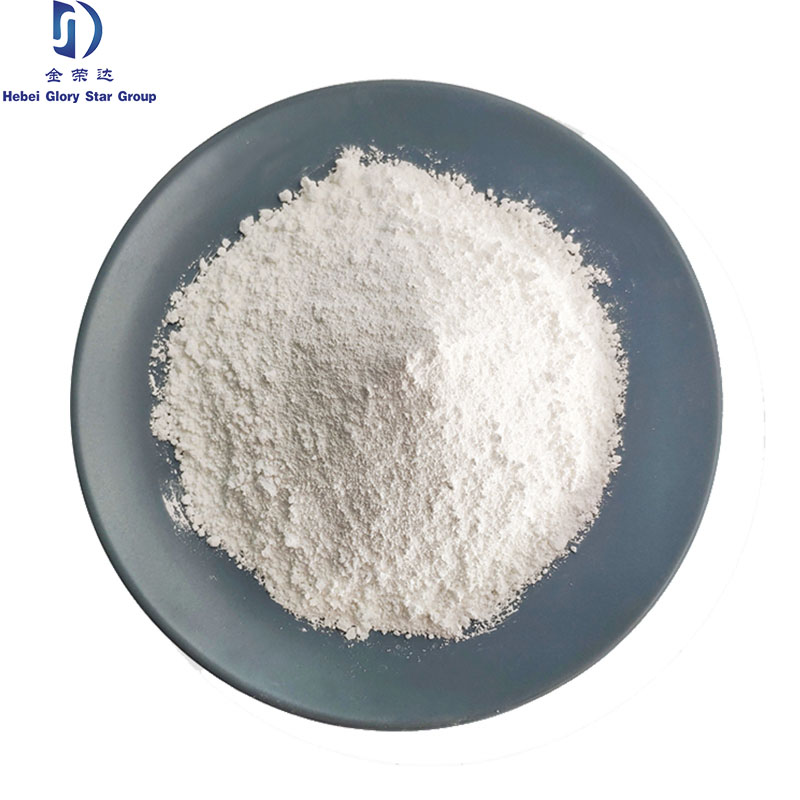
7.1 Tailored Specifications
Our R&D capabilities allow us to fine-tune various parameters of our calcium carbonate products, including:
- Particle Size Distribution: Achieving specific D50 or top-cut values for optimized packing density, rheology, or optical properties.
- Surface Treatment: Developing bespoke coating agents or adjusting coating levels to ensure maximum compatibility and dispersion in unique polymer systems or solvent-based vs. water-based formulations.
- Whiteness and Brightness: Selecting raw materials and processing techniques to meet stringent aesthetic requirements.
- Oil Absorption: Modifying surface characteristics to control oil absorption, crucial for optimizing resin demand and viscosity.
7.2 Collaborative Development Process
Our process typically involves:
- Needs Assessment: In-depth discussion with the client to define performance targets, cost constraints, and application specifics.
- Sample Preparation & Testing: Providing small-batch samples of customized calcium carbonate for client evaluation in their own systems.
- Feedback & Iteration: Refining product specifications based on client feedback and further testing.
- Scalable Production: Once approved, seamlessly scaling up production to commercial volumes while maintaining consistent quality.
This commitment to customization ensures that our High Transparency Calcium Carbonate, or any other grade, delivers optimal performance and value for each unique application.
8. Real-world Application Cases (Use of Calcium Carbonate in Industry)
The practical application of our calcium carbonate products, especially the High Transparency grade, demonstrates their tangible benefits across various industries. These case studies highlight our expertise and the value we bring to our clients.
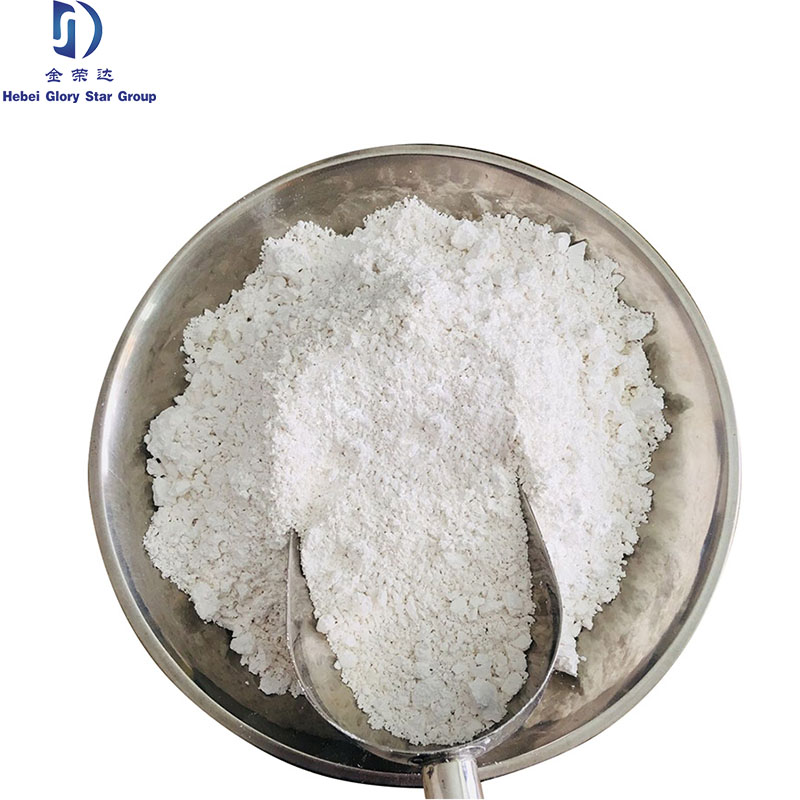
8.1 Case Study 1: Enhancing Transparency in PVC Films
Client: A leading manufacturer of clear PVC packaging films. Challenge: Traditional calcium carbonate fillers, while cost-effective, introduced unacceptable levels of haze and reduced the transparency of their films, limiting their use in high-end applications. Solution: We provided our High Transparency Calcium Carbonate, specifically tailored for PVC applications, with ultra-fine particles and a unique surface treatment. Result: The client successfully incorporated a higher loading of calcium carbonate (up to 20% by weight) without compromising film transparency or mechanical properties. This resulted in a significant reduction in raw material costs (estimated 12% savings) while maintaining the desired optical appeal for their premium packaging line. A client representative commented, "Glorystar's transparent calcium carbonate allowed us to cut costs without sacrificing the clarity our customers demand. It's been a game-changer for our competitive edge."
8.2 Case Study 2: Improving Scratch Resistance in Automotive Clear Coats
Client: A major supplier of automotive coatings. Challenge: Their existing clear coat formulations for vehicle exteriors, while providing good gloss, lacked sufficient scratch and abrasion resistance, especially for top-tier models. Solution: We collaborated with their R&D team to develop a customized High Transparency Calcium Carbonate with specific hardness and particle morphology suitable for demanding coating applications. Result: The new clear coat formulation incorporating our product showed a 30% improvement in scratch resistance (measured by pencil hardness and Tabor abrasion tests) and maintained excellent gloss and clarity. This allowed the client to offer a more durable product, enhancing their reputation in the automotive sector.
8.3 Case Study 3: Optimizing Printability in High-Density Paper Boards
Client: A producer of specialty paper boards for packaging. Challenge: Achieving consistent print quality and brightness on high-density paper boards while managing fiber costs. Solution: We supplied a high-brightness, fine-particle GCC, optimized for paper coating applications, enabling better fiber coverage and smoother surface finish. Result: The client reported a 15% increase in board brightness and a noticeable improvement in ink absorption uniformity, leading to sharper graphics and reduced ink consumption. This allowed them to compete more effectively in the high-quality packaging market.
9. Quality Assurance, Certifications, and Trustworthiness
Trust is built on consistency, transparency, and proven reliability. In the calcium carbonate industry, our commitment to these principles is unwavering, ensuring that every batch of our product, including High Transparency Calcium Carbonate, meets the highest international standards.
9.1 Uncompromising Quality Management
Our manufacturing facilities operate under a stringent Quality Management System (QMS) certified to ISO 9001:2015 standards. This comprehensive system covers every stage, from raw material sourcing and in-process controls to final product inspection and packaging. We employ state-of-the-art laboratory equipment for precise characterization of particle size, purity, whiteness, oil absorption, and other critical parameters.
9.2 Industry Certifications and Compliance
- ISO 9001:2015: Demonstrates our commitment to consistent quality and customer satisfaction.
- REACH Compliance: All our products adhere to the European Union's REACH (Registration, Evaluation, Authorisation and Restriction of Chemicals) regulations, ensuring safety and environmental responsibility.
- FDA and Food-Grade (for specific grades): While High Transparency Calcium Carbonate is primarily industrial, other calcium carbonate grades we offer may meet FDA standards for food contact or pharmaceutical applications, subject to specific client requirements and regulatory frameworks.
- Third-Party Testing: We regularly submit samples to independent third-party laboratories for verification of product specifications and performance, providing unbiased data and enhancing reliability.
9.3 Our Track Record and Customer Testimonials
With over two decades of experience in the calcium carbonate industry, we have established ourselves as a trusted partner to hundreds of clients globally. Our long-standing relationships and repeat business are testament to our product quality and service excellence. We have partnered with leading manufacturers across diverse sectors, including major paint corporations, plastic film producers, and paper mills.
"Glorystar Export has been our go-to supplier for high-quality calcium carbonate for over 10 years. Their technical support is unparalleled, and their products consistently meet our stringent specifications, allowing us to maintain our product quality and reduce operational costs." - Production Manager, Leading Paint Manufacturer.
"The High Transparency Calcium Carbonate from Glorystar truly sets a new standard. It allowed us to develop innovative transparent plastics previously thought impossible with mineral fillers. Their responsiveness and commitment to custom solutions are exceptional." - R&D Director, Global Plastics Company.
9.4 Trust-Building Commitments
- Delivery Cycle: We maintain efficient logistics and production scheduling to ensure timely delivery, typically within 2-4 weeks for standard orders, with expedited options available for urgent requirements. Our robust supply chain minimizes lead times and maximizes reliability.
- Quality Warranty: We stand behind the quality of our products with a comprehensive warranty. Should any product deviate from the agreed-upon specifications, we commit to prompt investigation, replacement, or appropriate resolution, ensuring peace of mind for our clients. Our products are guaranteed against manufacturing defects for a period of 10 years when stored and used according to recommendations.
- Customer Support: Our dedicated customer service and technical support teams are available 24/7 to address inquiries, provide technical assistance, and offer solutions. From initial consultation to post-delivery support, we are committed to building long-term partnerships.
- Transparency: We provide detailed Certificates of Analysis (CoA) with every shipment, outlining key product specifications and test results, ensuring full transparency regarding product quality.
10. Frequently Asked Questions (FAQ) about Calcium Carbonate
Q1: What is the primary difference between Ground Calcium Carbonate (GCC) and Precipitated Calcium Carbonate (PCC)?
A: GCC is produced by mechanically grinding naturally occurring limestone, yielding irregular, blocky particles. PCC is synthetically produced through a chemical precipitation process, allowing for precise control over particle shape (e.g., cubic, scalenohedral, aragonite), size, and surface area, often resulting in finer, purer, and more uniform particles. Our High Transparency Calcium Carbonate is a highly refined GCC, optimized through advanced grinding and surface treatment.
Q2: How does particle size affect the performance of calcium carbonate in applications?
A: Particle size is critical. Finer particles (smaller D50) generally offer better dispersion, higher gloss, increased opacity (for standard grades), and improved mechanical properties, but may increase viscosity and oil absorption. Coarser particles are more cost-effective and can enhance stiffness. For high transparency, ultra-fine particles are essential to minimize light scattering.
Q3: Why is surface treatment important for calcium carbonate, especially for transparent applications?
A: Surface treatment (e.g., with stearic acid) makes calcium carbonate particles hydrophobic, improving their dispersion and compatibility in organic polymer matrices and solvent-based systems. For transparent applications, precise surface treatment reduces particle agglomeration and helps match the refractive index with the host material, minimizing light scattering and maintaining clarity.
Q4: What are the typical storage conditions for calcium carbonate?
A: Calcium carbonate should be stored in a dry, cool environment, away from direct sunlight and moisture. Properly sealed bags or container111s prevent moisture absorption and contamination, ensuring product quality and preventing caking. When stored correctly, calcium carbonate has a very long shelf life, typically several years or more.
Q5: Can High Transparency Calcium Carbonate be used in both solvent-based and water-based systems?
A: While surface treatment generally optimizes performance for one type of system (e.g., hydrophobic for solvent-based/polymer systems), specific grades or dual-functional treatments can enable use in both. It's crucial to consult our technical team for the best recommendation based on your specific formulation (e.g., for paints, paper coatings, or plastics).
Q6: What are the environmental benefits of using calcium carbonate as a filler?
A: Calcium carbonate is a naturally abundant, non-toxic mineral. Its use as a filler often allows for a reduction in the consumption of more energy-intensive, petroleum-based polymers or resins. This contributes to a lower carbon footprint, reduced reliance on finite resources, and promotes more sustainable manufacturing practices in the calcium carbonate industry.
Q7: How do you ensure consistent quality across different batches of High Transparency Calcium Carbonate?
A: Our rigorous quality control program, certified under ISO 9001:2015, involves continuous monitoring at every stage: raw material inspection, automated in-line process controls, and comprehensive final product testing. We utilize advanced analytical techniques like laser particle size analyzers, spectrophotometers, and electron microscopy to ensure narrow particle size distribution, consistent whiteness, and optimal surface treatment from batch to batch.
Conclusion: The Enduring Value of Industrial Calcium Carbonate
The calcium carbonate industry remains a vibrant and essential sector, continually innovating to meet the evolving demands of global manufacturing. From basic fillers to high-performance functional additives, calcium carbonate provides unparalleled value in terms of cost-effectiveness, performance enhancement, and environmental sustainability. Our specialized High Transparency Calcium Carbonate Caco3 For Paint Paper And Plastic Industry exemplifies this evolution, offering unique optical properties combined with robust mechanical and processing advantages.
By understanding the intricate technical parameters, sophisticated manufacturing processes, and diverse application scenarios, industries can leverage the full potential of this remarkable mineral. Our commitment to quality, technical expertise, customized solutions, and unwavering customer support positions us as a trusted partner in navigating the complexities of industrial material selection. As industries move towards more efficient, sustainable, and high-performance solutions, calcium carbonate, particularly its advanced forms, will continue to play a pivotal role in shaping the future of countless products.
References and Further Reading:
- Global Calcium Carbonate Market Report Analysis & Forecast: https://www.grandviewresearch.com/industry-analysis/calcium-carbonate-market
- Calcium Carbonate Association: https://www.limestone.org/
- Review on Applications of Calcium Carbonate in Different Industries: https://www.sciencedirect.com/science/article/pii/S167265292200230X
Post time: Aug-09-2025
This is the first article


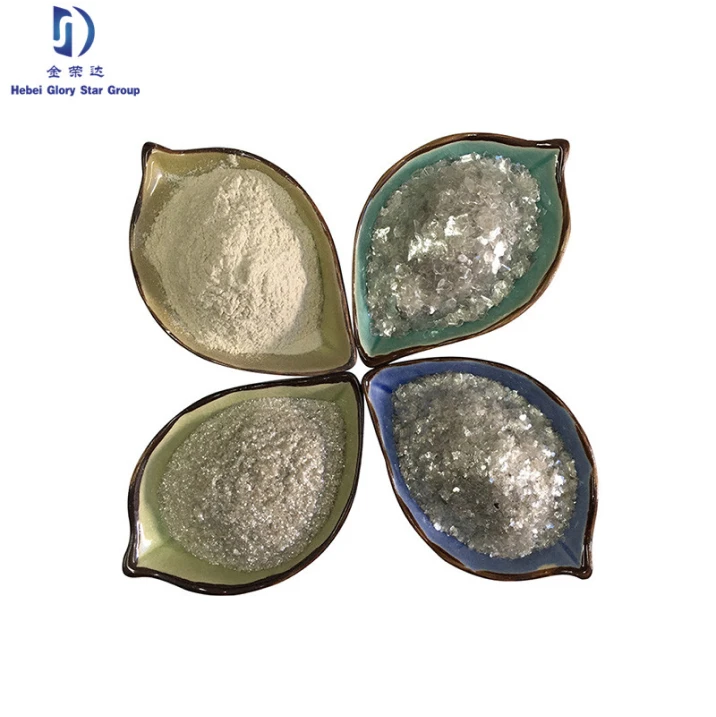
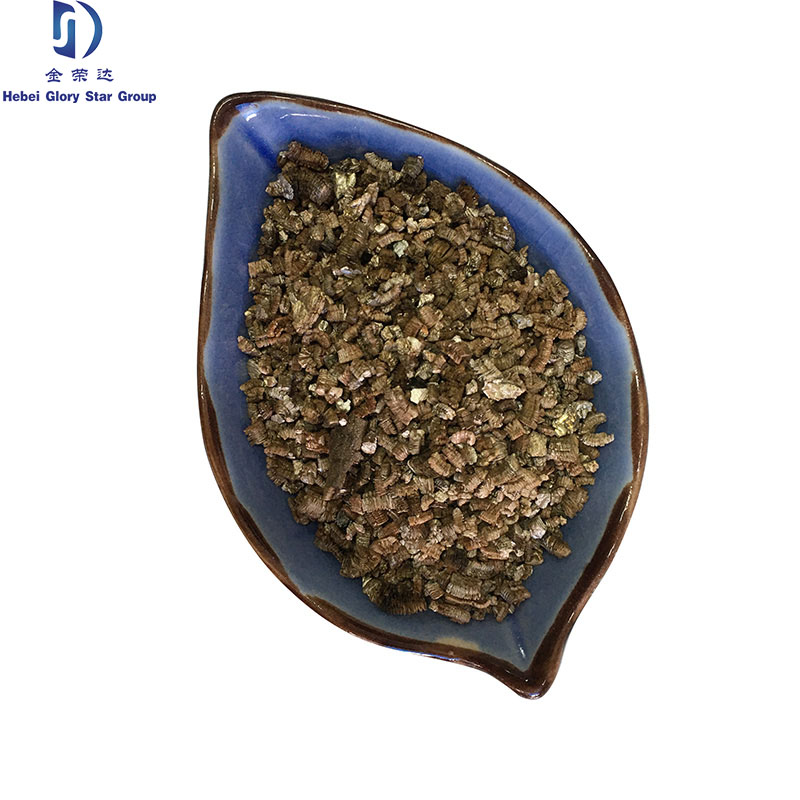
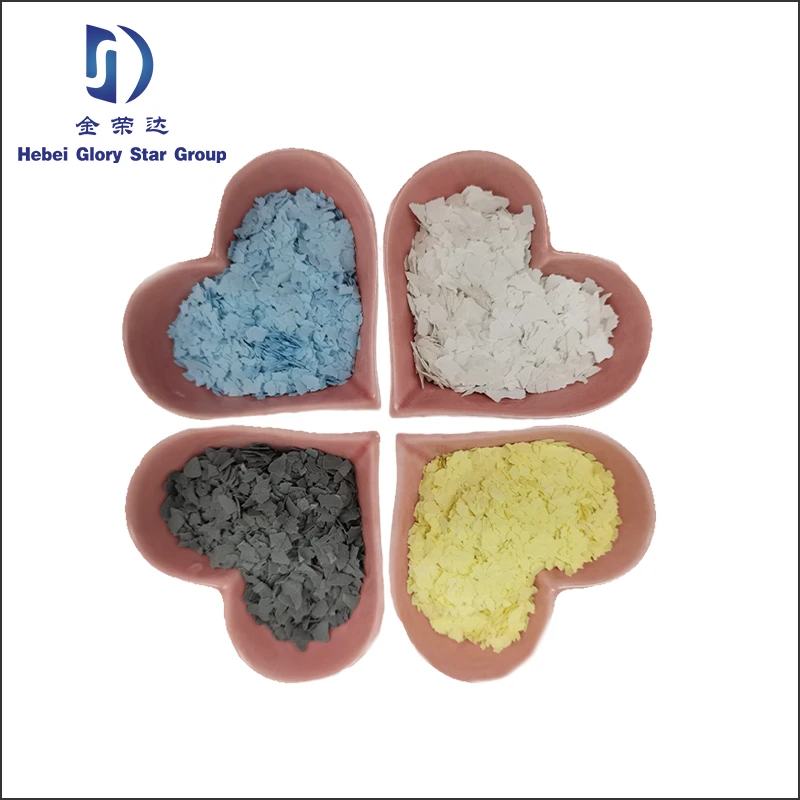
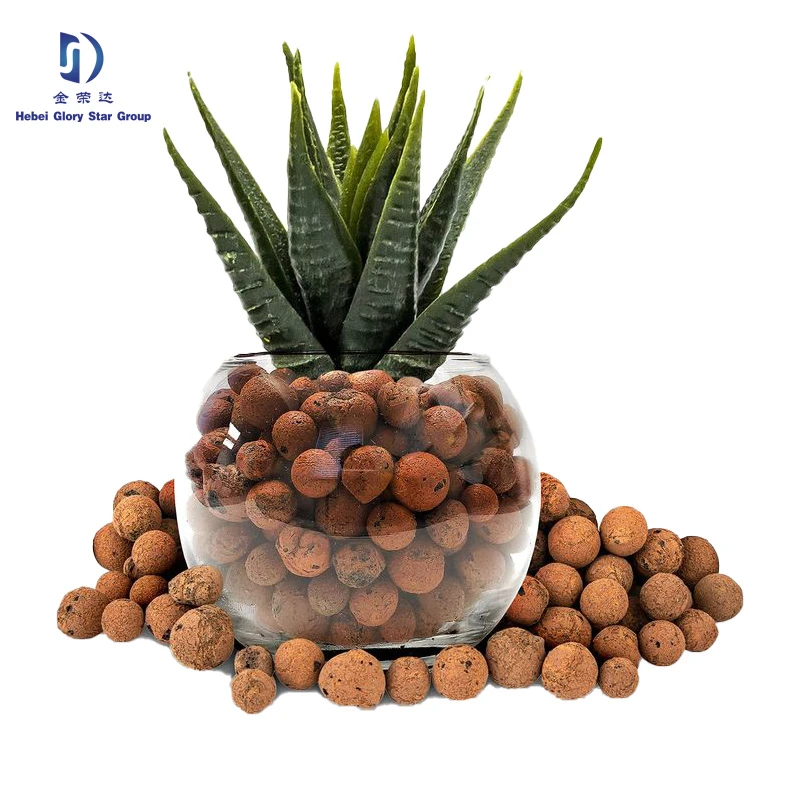
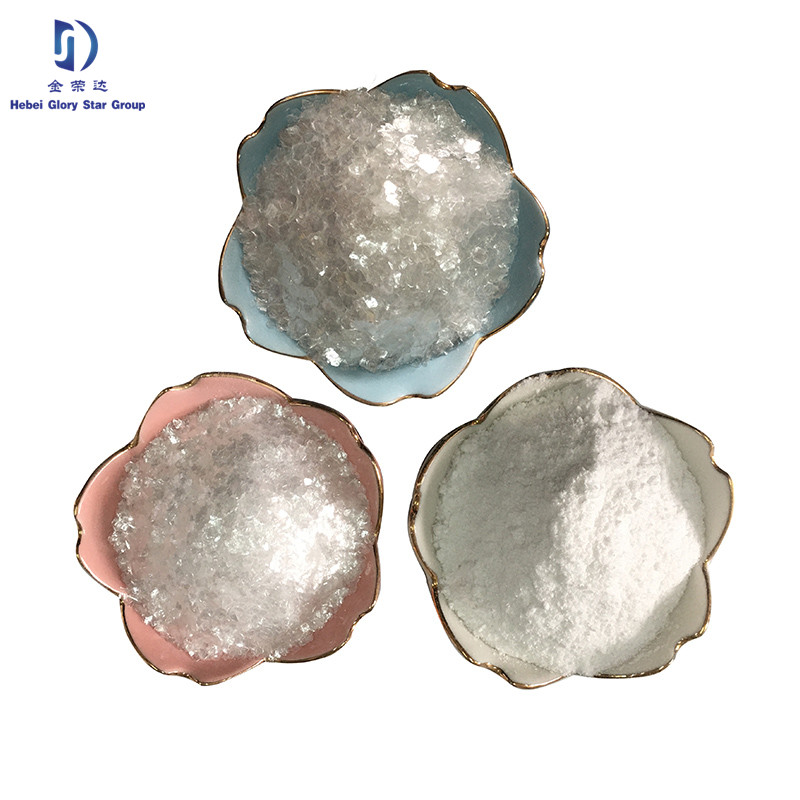
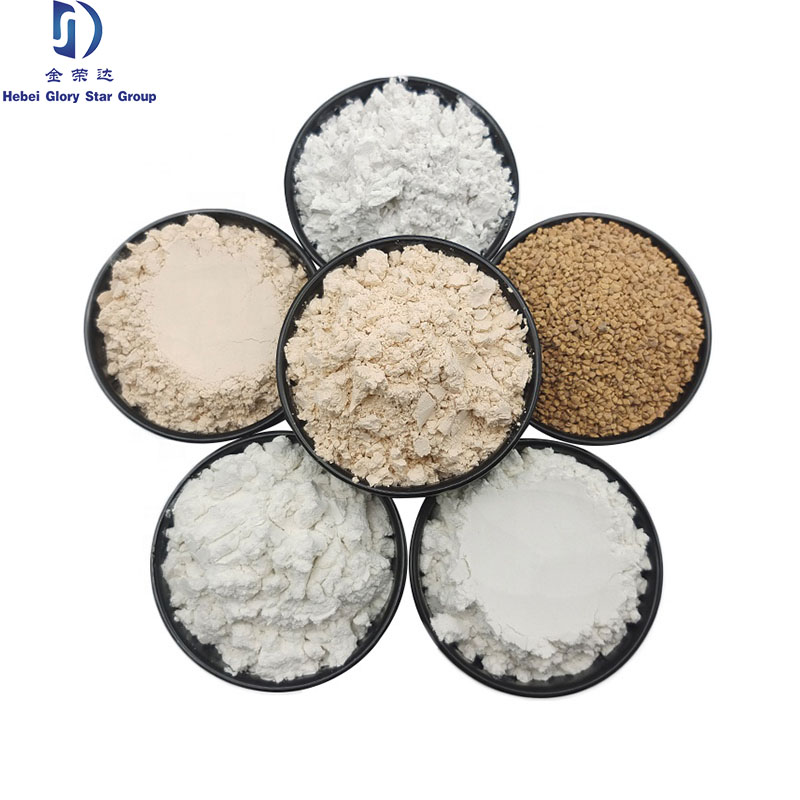
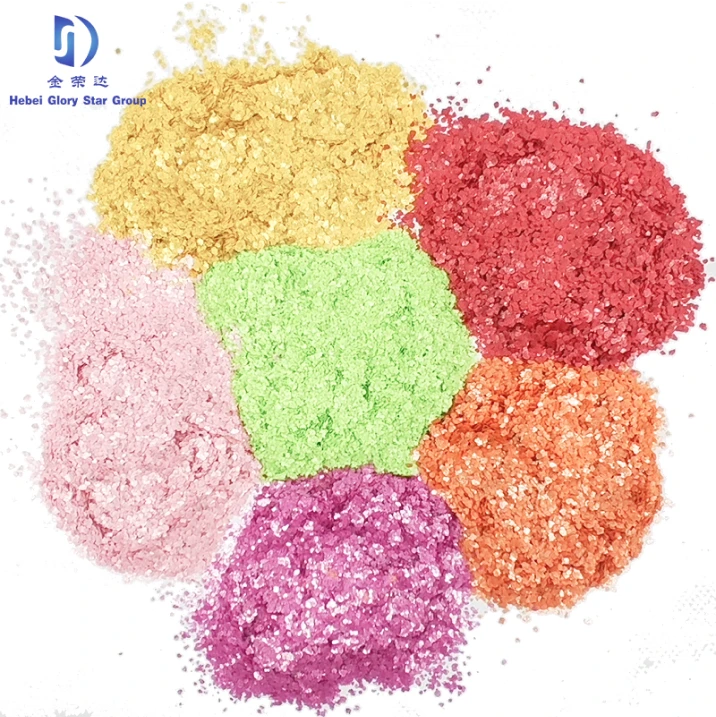
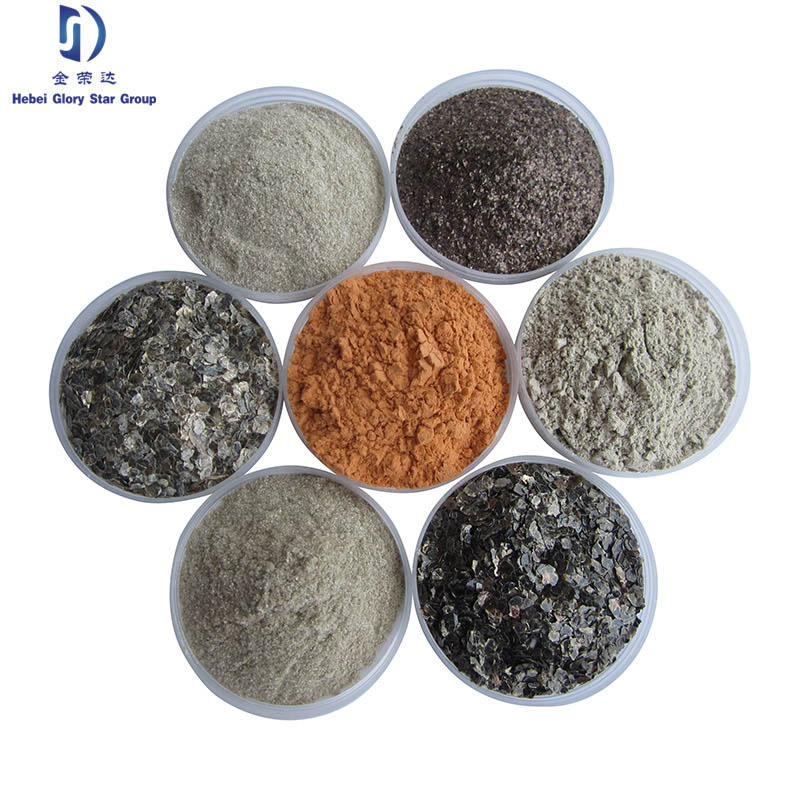
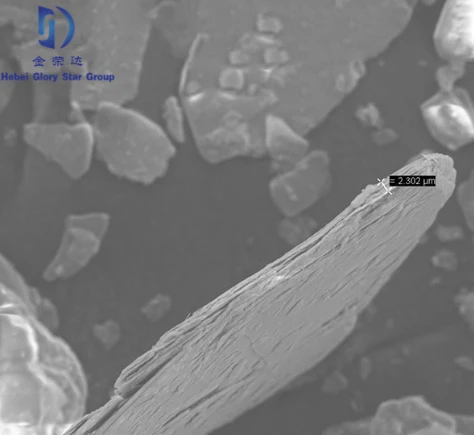
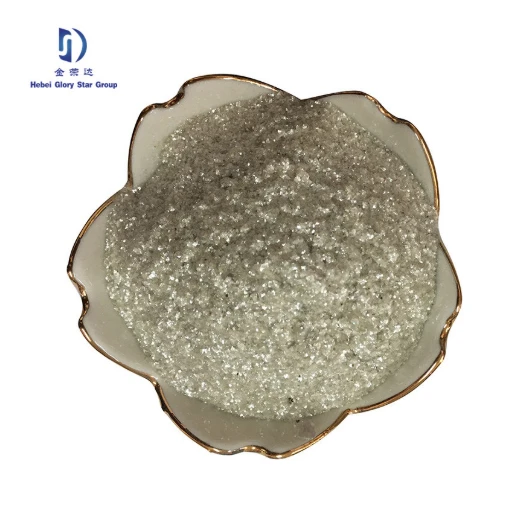
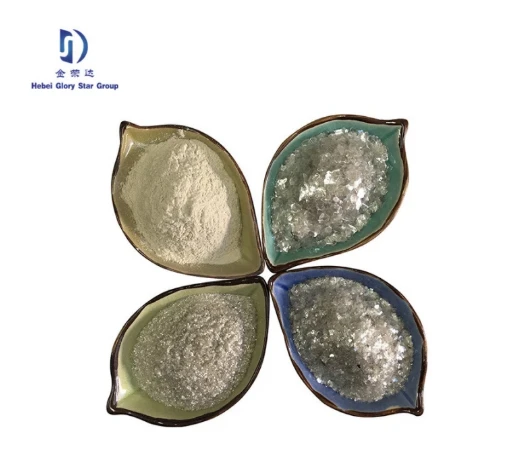
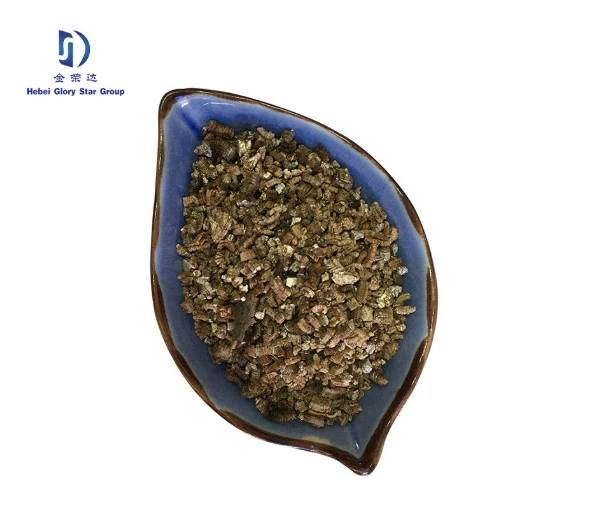
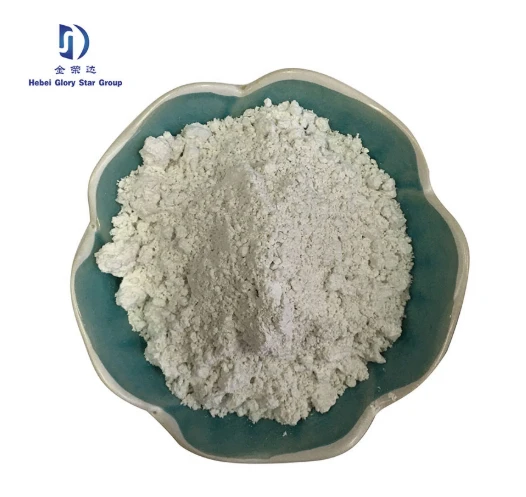
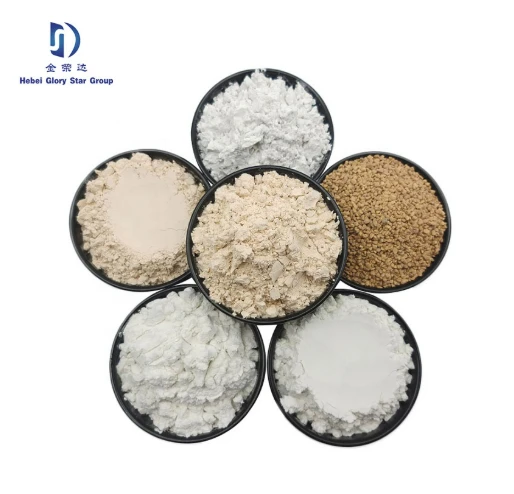
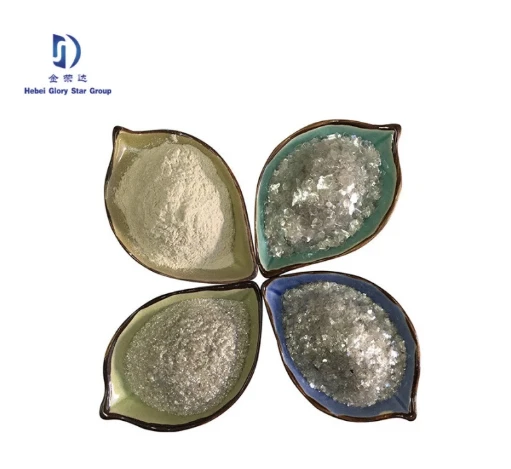
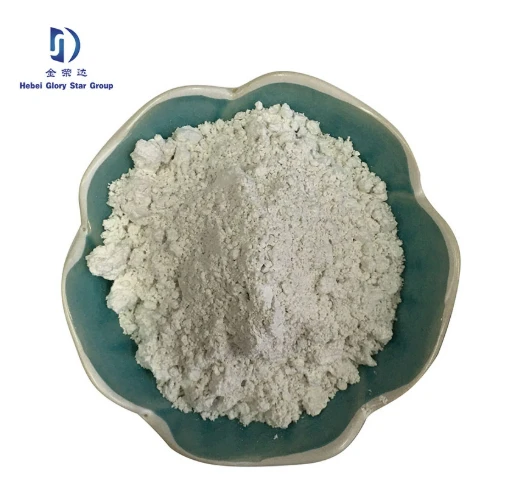
.png)









